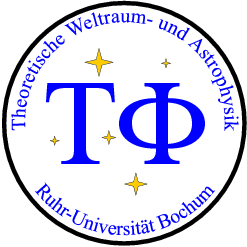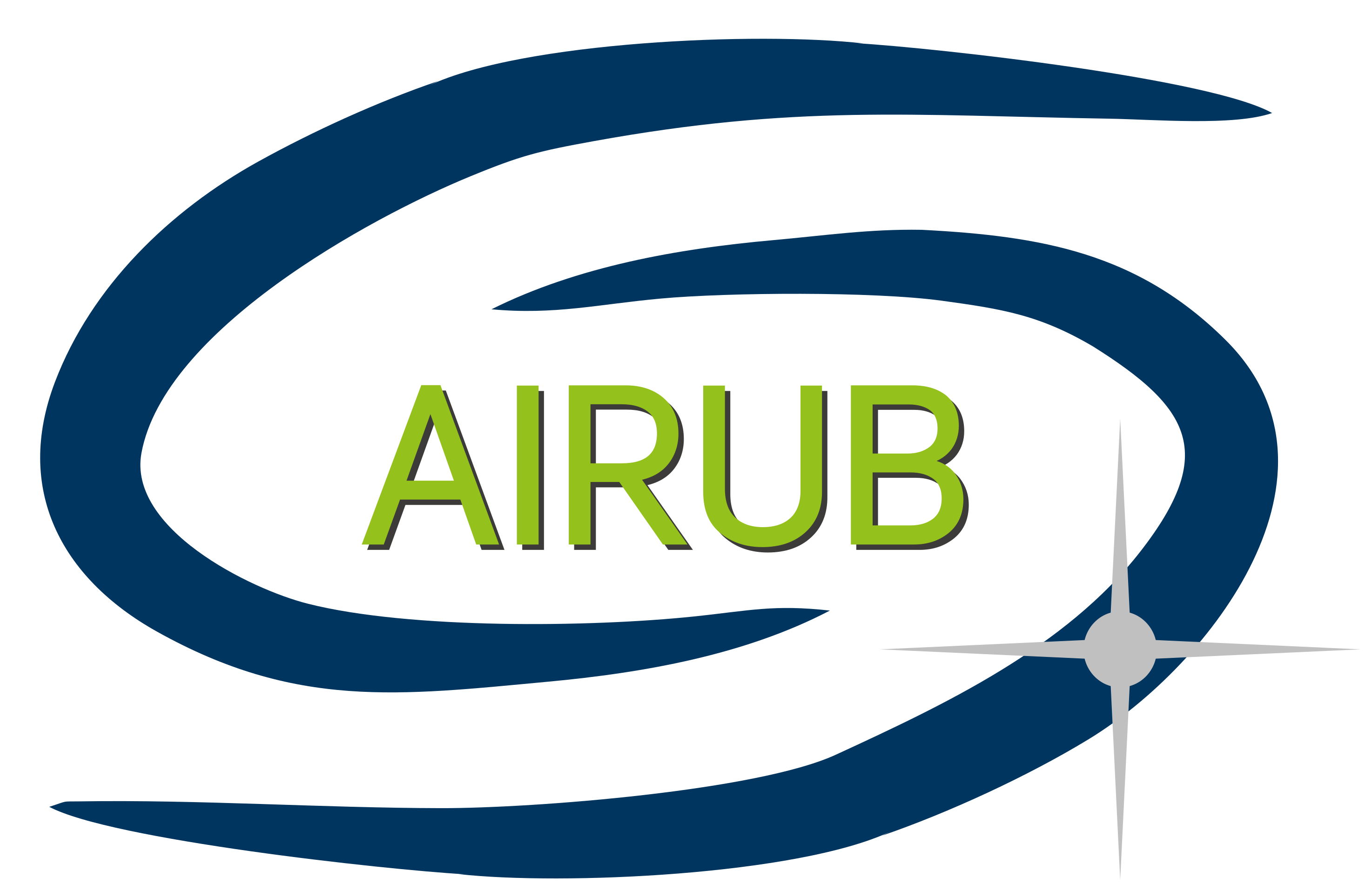"Stellar and Interstellar Environments:
Shocking Structures in and around Astrospheres and
their Relevance for Cosmic Ray Transport"
24-28 September 2018 at the Ruhr-University Bochum, Germany
In view of the increasing interest in the physics of stellar winds, the resulting astrospheres and interstellar bubbles, as well as in their interstellar surroundings, it is timely to bring together the relevant scientific communities to disseminate and deepen the knowledge about these astrophysical systems. The latter are interesting because they are, on the one hand, intricately structured, and because they can, on the other hand, be accessed observationally in ever increasing detail. Furthermore, Astrospheres and their surroundings are not only of interest as such but are also for cosmic ray physics, habitability of exoplanets, research on (turbulent) magnetic fields, as well as dust.
The interdisciplinary workshop will give a synoptic overview of the various aspects of stellar winds, of the astrospheres and interstellar bubbles they create, as well as of the cosmic ray acceleration in and transport through such stellar and their surrounding interstellar environments.
Thanks to the rapid growth of astronomical observations of distant astrospheres (with diameters of hundreds to thousands of astronomical units) of solar-like stars and stellar wind bubbles (with diameters on the parsec scale) of more massive stars the research on these astrophysical objects has strongly intensified. It has reached a state of unprecedented knowledge, gained from high-resolution observations, on the one hand, and very detailed modeling on the other. This state will, however, quickly evolve further: Not only will the current and next generation of telescopes like MeerKAT and ASKAP (in the radio domain), LBT, VLT, and LSST, as well as the E-ELT (in the optical/NIR/MIR), JWST (space based optical/NIR/MIR), eROSITA (X-ray), and CTA (gamma rays) further improve the data base significantly, but also will the corresponding theoretical modelling and numerical simulations continue to evolve to higher degrees of sophistication. In this context the heliosphere continues to play an important role as the only astrosphere that can be observed in situ. Many theoretical concepts, like the physics of plasma discontinuities, of the transport of neutral atoms, or of the acceleration and transport of cosmic rays are transferred from the heliospheric scenario to astrospherical ones. Naturally, recent years have witnessed the beginning of a scientific exchange between the two scientific communities. It is important to note, however, that in recent measurements made in the heliosphere have challenged standard views, and new paradigms have been formulated.
With a glance at the many natural similarities of astrospheres and stellar wind bubbles with the heliosphere and, consequently, the similarities of models that have been developed for their quantitative description, it is evident that both communities still have much to learn from each other. The workshop comes very timely, because it will both strengthen existing and trigger new joint research activities. This interdisciplinary workshop will give a synoptic overview of the various aspects of stellar winds, of the astrospheres and interstellar as well as circumstellar bubbles, and will be structured to reflect and strengthen the recently growing `interdisciplinary' activities, namely:
- latest observations
- (M)HD modelling and simulations
- turbulence in the stellar and interstellar environments
- the interaction of binary and multiple stellar winds
- cosmic ray acceleration in and transport through the stellar and interstellar environments
- connection to exoplanetary research: habitability


